Knees Hurt from Kneeling
Knees Hurt from Kneeling: Causes and Remedies
Kneeling is a common posture that is often required in activities such as gardening, cleaning, and praying. However, for some people, kneeling can be painful and uncomfortable, especially in the knees. Knee pain when kneeling can be caused by a variety of factors, including injury, overuse, and medical conditions like arthritis and bursitis.
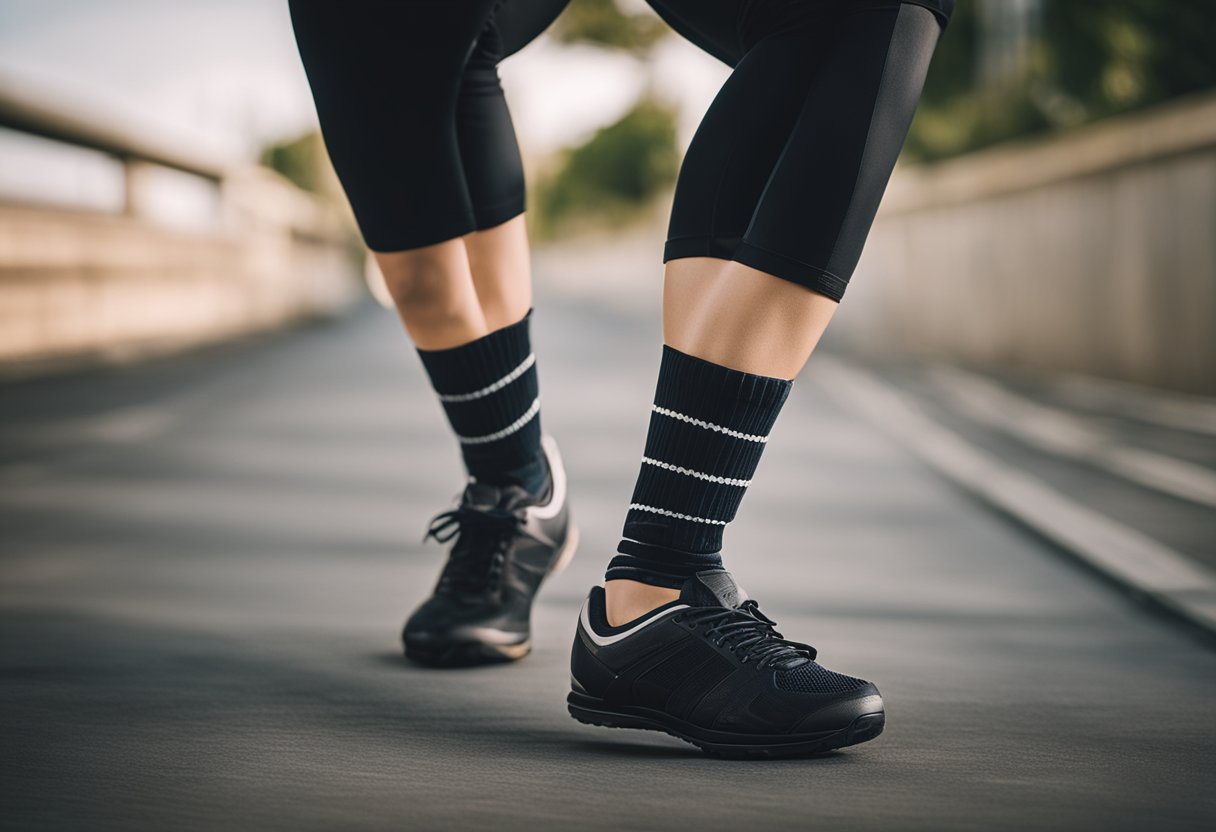
Understanding the causes of knee pain from kneeling is important to prevent or manage the condition. Some people may experience mild discomfort or soreness after kneeling for a long time, while others may have sharp, shooting pain that limits their mobility. In some cases, knee pain when kneeling can be a sign of a more serious underlying condition that requires medical attention.
In this article, we will explore the causes, risk factors, diagnosis, and treatment options for knee pain when kneeling. We will also provide some tips on how to prevent knee pain when kneeling and maintain good knee health.
Understanding Knee Pain from Kneeling
Kneeling is a common activity that can cause knee pain. If you experience discomfort or pain in your knees after kneeling, it is important to understand why and what you can do to alleviate the pain.
Knee pain from kneeling can be caused by overuse or injury to the tendons, muscles, kneecap, knee joint, bones, skin, cartilage, or bursa. The prepatellar bursa, which is a small fluid-filled sac located in front of the kneecap, can become inflamed and swollen from repeated kneeling. The tibia or shinbone, and the ligaments that connect the bones in the knee joint, can also be affected.
Symptoms of knee pain from kneeling include inflammation, swelling, tenderness, redness, instability, popping, and pressure. The location and severity of the pain may vary depending on the cause of the problem.
To alleviate knee pain from kneeling, rest your knee and avoid intense activity. Ice your knee for 15 to 20 minutes every 3 to 4 hours to curb pain and swelling. You can also take over-the-counter pain medication, such as ibuprofen or acetaminophen, to help alleviate the pain.
If your knee pain from kneeling persists or worsens, it is important to seek medical attention. Your doctor can diagnose the problem and recommend appropriate treatment, which may include physical therapy, knee braces, or surgery.
In conclusion, knee pain from kneeling can be caused by a variety of factors and can be treated with rest, ice, and over-the-counter pain medication. If the pain persists or worsens, seek medical attention to receive appropriate treatment.
Causes and Risk Factors
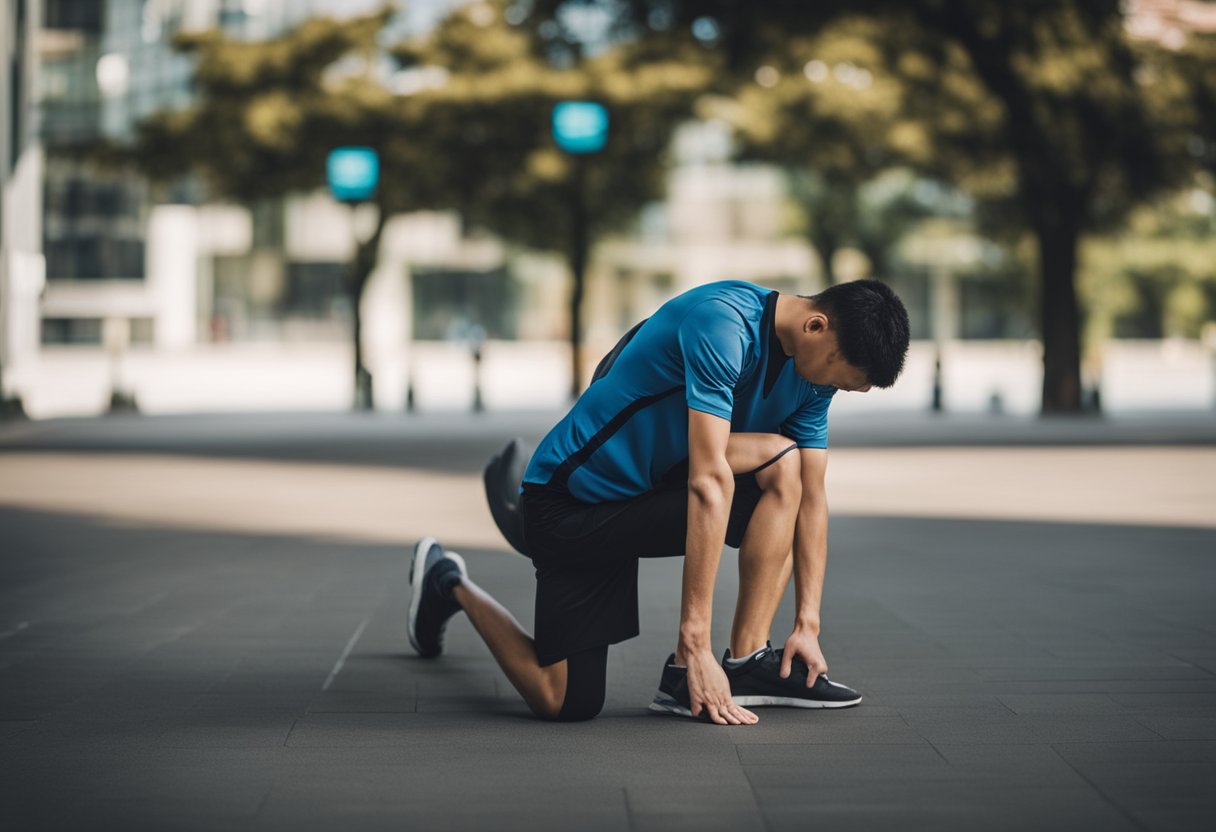
Knee pain when kneeling can be caused by a variety of factors. Here are some of the most common causes and risk factors:
Arthritis
Arthritis is a common cause of knee pain. Osteoarthritis and rheumatoid arthritis are the two most common types of arthritis that can affect the knee joint. Osteoarthritis is a degenerative joint disease that occurs when the cartilage that cushions the joint wears down over time. Rheumatoid arthritis is an autoimmune disorder that causes inflammation in the joints.
Bursitis
Bursitis occurs when the bursae, small fluid-filled sacs that cushion the joints, become inflamed. Knee bursitis can cause swelling, pressure, and discomfort in the knee.
Tendinitis
Tendinitis is the inflammation of a tendon, which is the tissue that connects muscle to bone. Patellar tendinitis, also known as jumper’s knee, is a common type of tendinitis that affects the knee.
Meniscus Tear
A meniscus tear is a common knee injury that can cause pain when kneeling. The meniscus is a piece of cartilage that cushions the knee joint. A tear in the meniscus can cause pain, swelling, and stiffness in the knee.
Iliotibial Band Syndrome
Iliotibial band syndrome is a common overuse injury that affects runners and other athletes. It occurs when the iliotibial band, a thick band of tissue that runs from the hip to the knee, becomes inflamed.
Dislocated Kneecap
A dislocated kneecap occurs when the patella, or kneecap, slips out of place. This can cause pain and swelling in the knee.
Gout
Gout is a type of arthritis that occurs when uric acid crystals build up in the joints. It can cause sudden and severe pain in the knee.
Infections
Infections can also cause knee pain. If you have a fever or notice redness and warmth around the knee, it could be a sign of an infection.
Other Risk Factors
Other risk factors for knee pain when kneeling include being overweight, aging, stress on the knee joint from activities like squatting or sitting for long periods of time, and overuse injuries from activities like running. Physical therapy and staying active can help prevent knee pain and improve knee function.
Diagnosis and Treatment Options
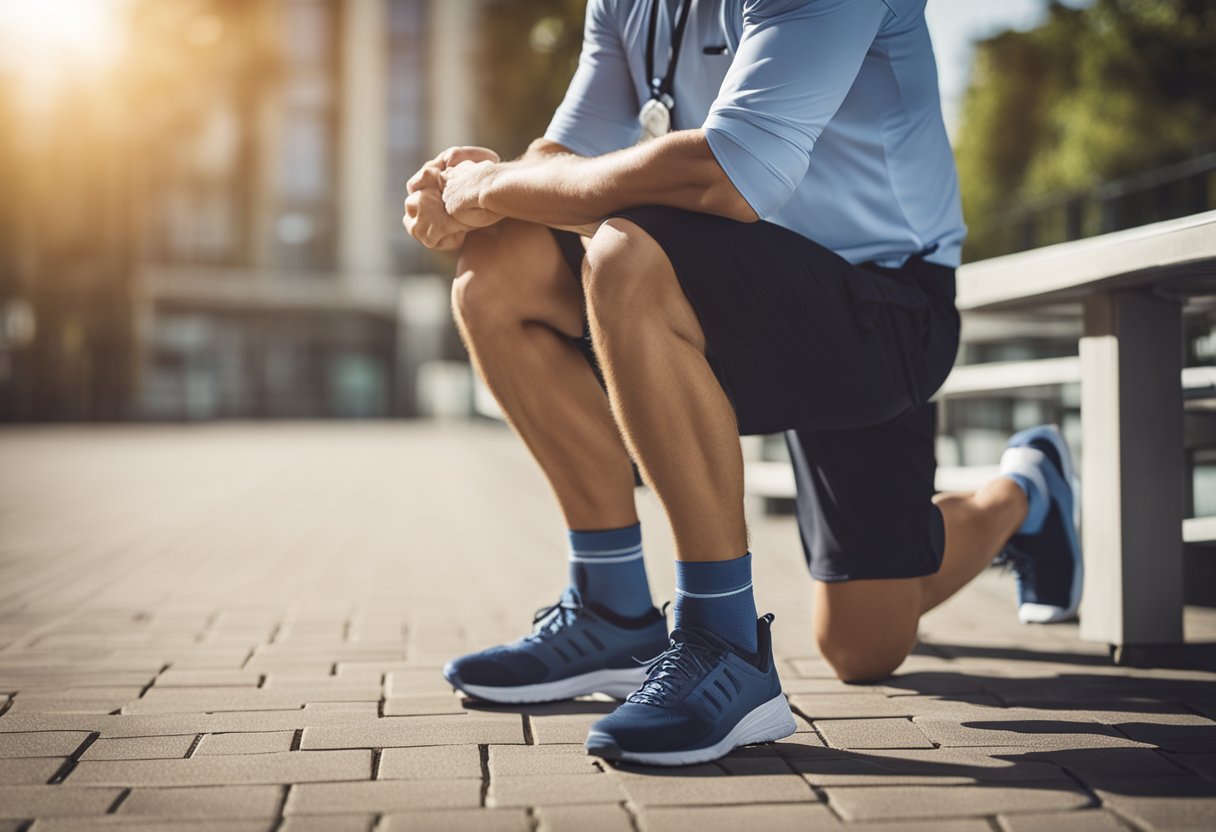
If you are experiencing knee pain from kneeling, it is important to seek medical attention to determine the cause of your pain. A doctor can perform a physical exam to evaluate the integrity of the structures in your knee, including checking for swelling, pain, tenderness, warmth, and visible bruising. They may also push or pull on the joint to assess its function.
Imaging tests, such as X-rays, MRIs, CT scans, or bone scans, may be ordered to help diagnose the cause of your knee pain. If an infection is suspected, antibiotics may be prescribed. Pain medications, such as acetaminophen or NSAIDs, may also be recommended to manage pain and inflammation.
In some cases, surgery may be necessary to correct the underlying issue causing knee pain. Knee replacement surgery may be considered if the knee joint is severely damaged. Physical therapy may also be recommended to improve knee mobility and strength. A physical therapist can create a personalized exercise plan to help you recover from knee pain.
In addition to medical treatment, there are also some self-care techniques that can help manage knee pain. Resting the knee and avoiding activities that exacerbate pain can help reduce inflammation and promote healing. Applying ice or heat, using compression, and elevating the knee may also help alleviate pain and swelling. Stretching and gradually increasing mobility can also help improve knee function. Knee braces may also be recommended to provide support and stability during activity.
Overall, there are many different treatment options available for knee pain from kneeling. By working with a medical professional and following a personalized treatment plan, individuals can manage their knee pain and improve their quality of life.
Prevention and Health Tips
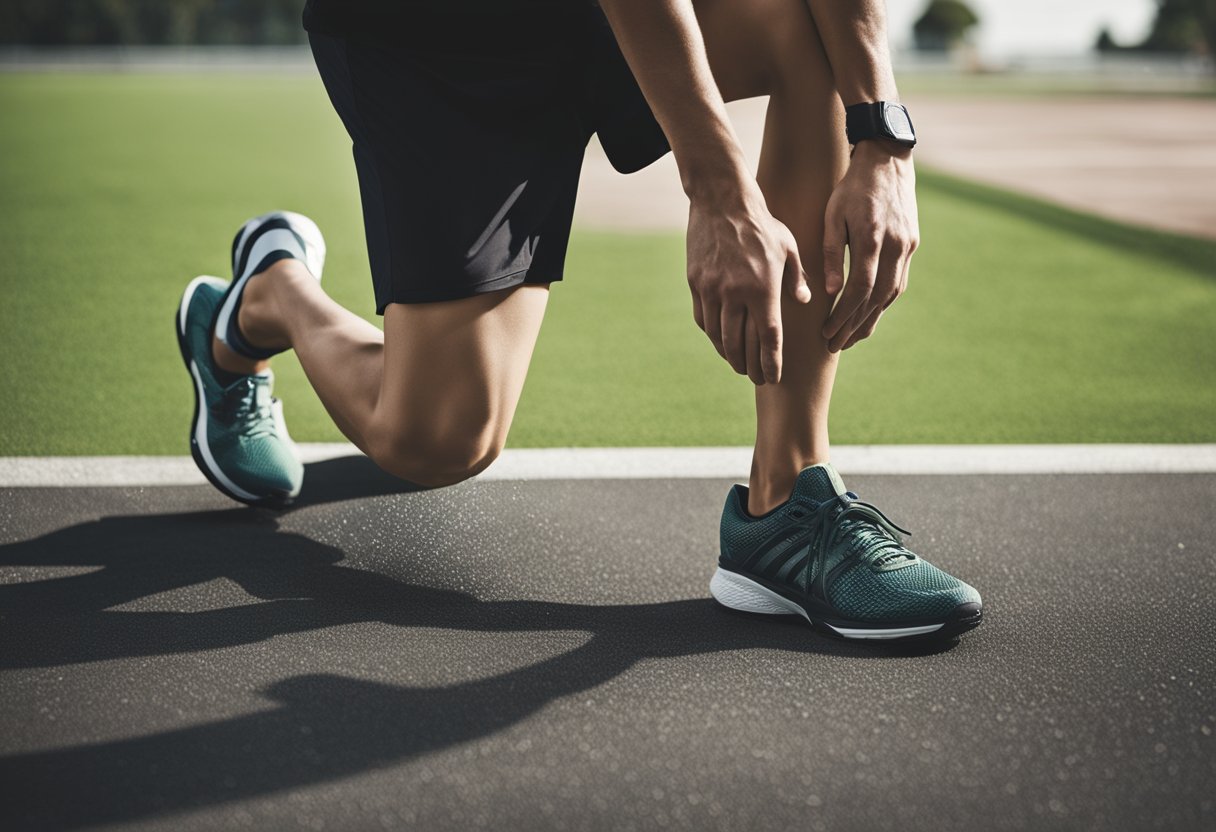
Preventing knee pain from kneeling is essential to maintaining healthy joints. Here are some tips to keep your knees healthy and pain-free:
- Stretch before and after kneeling: Stretching can help prevent knee pain by loosening up the muscles and tendons in the knee area. Try stretching your hamstrings, quadriceps, and calves before and after kneeling.
- Rest and take breaks: Resting and taking breaks can help prevent knee pain from overuse. Take frequent breaks when kneeling for extended periods and avoid kneeling on hard surfaces for too long.
- Apply warm or cold compresses: Applying warm or cold compresses to your knees can help relieve pain and reduce swelling. Use a warm compress for stiff or sore muscles and joints and a cold compress for acute injuries.
- Use compression and elevation: Compression and elevation can help reduce swelling and pain in the knee area. Use a compression wrap or bandage on the knee and elevate your leg above your heart to reduce swelling.
- Consider physical therapy: Physical therapy can help prevent knee pain by strengthening the muscles around the knee joint. A physical therapist can create a tailored exercise program to help you maintain healthy knees.
- Wear kneepads: Wearing kneepads can help prevent knee pain from kneeling on hard surfaces. Choose kneepads with adequate cushioning and support.
- Maintain a healthy weight: Being overweight can put excess stress on your knees, leading to knee pain and other joint problems. Maintaining a healthy weight can help prevent knee pain and improve overall joint health.
Research advancements in knee pain prevention and treatment are ongoing. Consult with a healthcare professional if you experience persistent knee pain or have any concerns about your knee health. According to the Mayo Clinic, early diagnosis and treatment can help prevent long-term knee problems.
Frequently Asked Questions
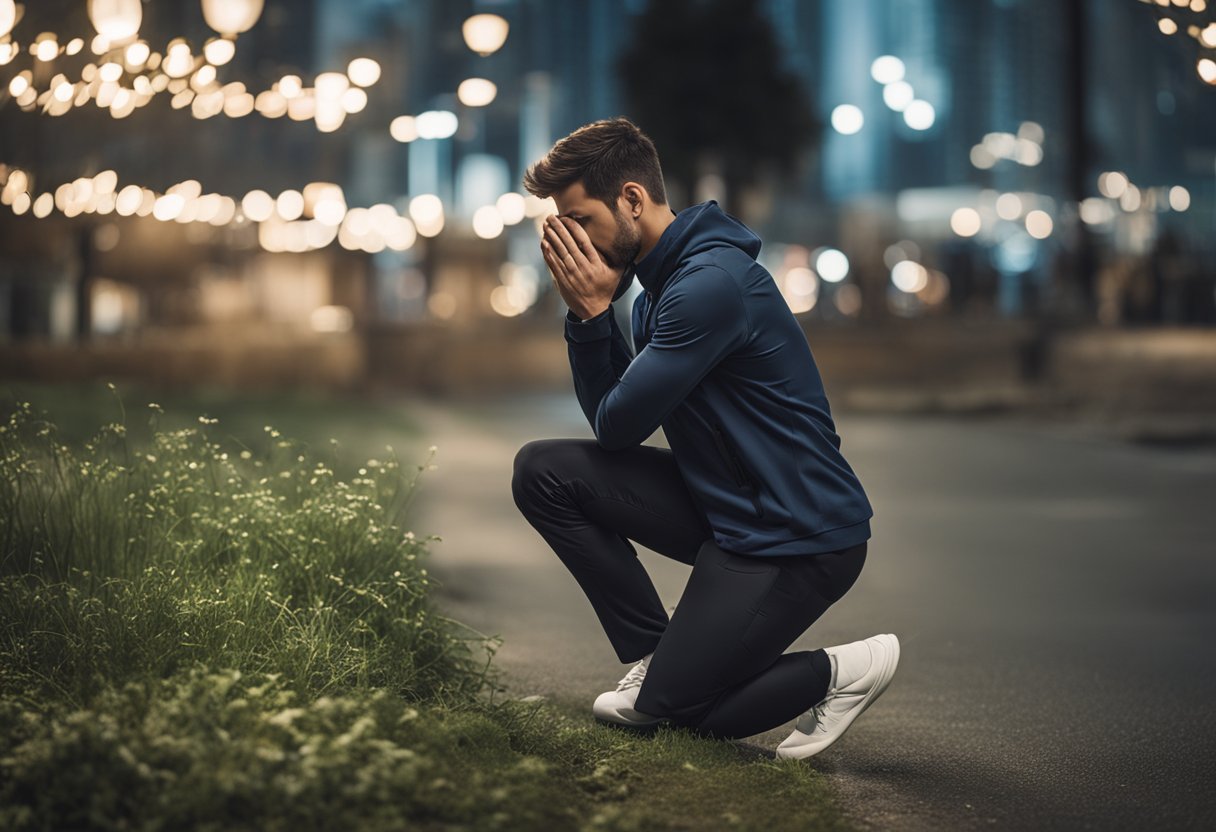
What causes sudden, sharp knee pain when kneeling?
Sudden, sharp knee pain when kneeling can be caused by a number of conditions, such as patellar tendonitis, bursitis, or arthritis. It can also be caused by an injury or overuse of the knee joint. If you experience sudden, sharp knee pain when kneeling, it is important to consult with a healthcare professional to determine the underlying cause and appropriate treatment.
How can I treat burning knee pain when kneeling?
Burning knee pain when kneeling can be treated with rest, ice, compression, and elevation (RICE). Over-the-counter pain medications such as ibuprofen or acetaminophen can also help alleviate pain. If the pain persists, it is important to consult with a healthcare professional to determine the underlying cause and appropriate treatment.
What are some common treatments for knee bursitis?
Common treatments for knee bursitis include rest, ice, compression, and elevation (RICE), as well as over-the-counter pain medications such as ibuprofen or acetaminophen. In some cases, a healthcare professional may recommend physical therapy, corticosteroid injections, or even surgery.
What is the best way to alleviate knee pain from kneeling?
The best way to alleviate knee pain from kneeling is to avoid kneeling altogether. If kneeling cannot be avoided, it is important to use knee pads or a cushioned surface to reduce pressure on the knee joint. Additionally, stretching and strengthening exercises can help improve knee joint function and reduce pain.
How can I prevent knee pain when kneeling after a fall?
To prevent knee pain when kneeling after a fall, it is important to wear appropriate footwear with good traction and to be cautious when walking on slippery or uneven surfaces. Additionally, stretching and strengthening exercises can help improve knee joint function and reduce the risk of injury.
What are some effective ways to treat housemaid’s knees?
Effective ways to treat housemaid’s knees include rest, ice, compression, and elevation (RICE), as well as over-the-counter pain medications such as ibuprofen or acetaminophen. In some cases, a healthcare professional may recommend physical therapy, corticosteroid injections, or even surgery. It is also important to avoid activities that aggravate the knee joint and to use knee pads or a cushioned surface when kneeling.
